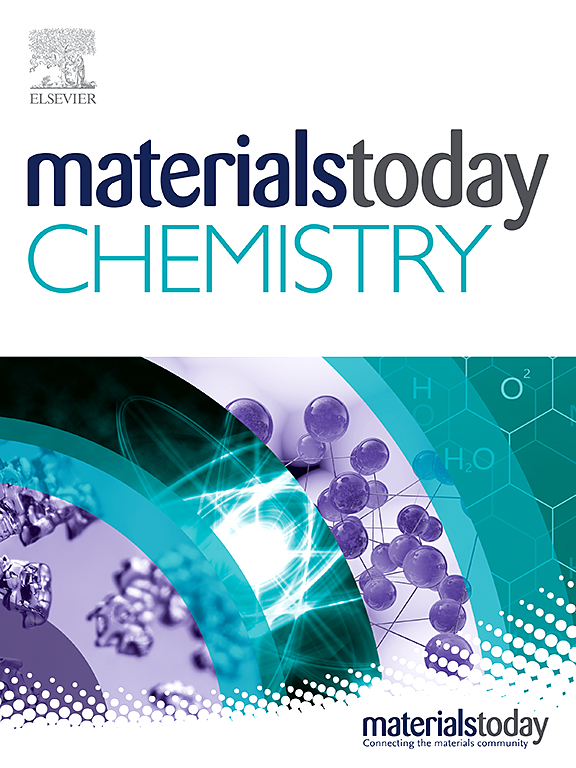Full micro-nanofiber aerogel with three-dimensional fluffy network structure for rapid liquid absorption and uniform liquid retention in diapers
IF 6.7
2区 化学
Q1 CHEMISTRY, MULTIDISCIPLINARY
引用次数: 0
Abstract
Diapers are essential for infants and patients with urinary incontinence. The super-absorbent polymer (SAP) in the core layer of diapers suffers from slow liquid absorption, fault formation, and reverse osmosis. Therefore, it is desirable to construct a core layer that can integrate rapid liquid absorption, uniform retention, and anti-seepage qualities. In this study, a diaper core layer and a three-dimensional fluffy network structure with a wetting gradient was constructed via one-step solution blow spinning (SBS). By regulating the content of the glutaraldehyde (GA) cross-linking agent, absorbent and insoluble fibers could be obtained. The ratio of super-absorbent fibers (SAF) to PAN-PVP micro-/nano fibers in the three-layer fiber structure and the gram weight of the core layer were adjusted. A wetting gradient was established when the weight of the adjusted gradient core layer was 2/3 that of the commercial core layer. The amount of reverse osmosis was reduced by 0.25 g, and the liquid absorption and retention were 30 times and 28.5 times, respectively, two and 3.5 times higher than those of commercial diapers. The SAF prepared by SBS could improve the core layer's liquid absorption rate, retention ratio, and comfort. The fibers are applicable in diapers, sanitary napkins, and other disposable products.全微纳米纤维气凝胶具有三维蓬松网络结构,可在尿布中快速吸收液体并均匀留住液体
尿布是婴儿和尿失禁患者的必需品。纸尿裤芯层中的超吸收聚合物(SAP)存在液体吸收慢、疵点形成和反渗透等问题。因此,最好能构建一种集快速吸收液体、均匀保持和防渗功能于一体的芯层。本研究通过一步法溶液吹塑纺丝(SBS)构建了纸尿裤芯层和具有润湿梯度的三维绒毛网络结构。通过调节戊二醛(GA)交联剂的含量,可获得吸水性和不溶性纤维。调整了三层纤维结构中超吸水纤维(SAF)与 PAN-PVP 微/纳米纤维的比例以及芯层的克重。当调整后的梯度芯层重量为商用芯层重量的 2/3 时,湿润梯度就建立起来了。反渗透量减少了 0.25 克,吸液量和留液量分别是商品纸尿裤的 30 倍和 28.5 倍,分别是商品纸尿裤的 2 倍和 3.5 倍。用 SBS 制备的 SAF 可以提高芯层的液体吸收率、留着率和舒适度。这种纤维适用于尿布、卫生巾和其他一次性产品。
本文章由计算机程序翻译,如有差异,请以英文原文为准。
求助全文
约1分钟内获得全文
求助全文
来源期刊

Materials Today Chemistry
Multiple-
CiteScore
8.90
自引率
6.80%
发文量
596
审稿时长
33 days
期刊介绍:
Materials Today Chemistry is a multi-disciplinary journal dedicated to all facets of materials chemistry.
This field represents one of the fastest-growing areas of science, involving the application of chemistry-based techniques to the study of materials. It encompasses materials synthesis and behavior, as well as the intricate relationships between material structure and properties at the atomic and molecular scale. Materials Today Chemistry serves as a high-impact platform for discussing research that propels the field forward through groundbreaking discoveries and innovative techniques.
 求助内容:
求助内容: 应助结果提醒方式:
应助结果提醒方式:


